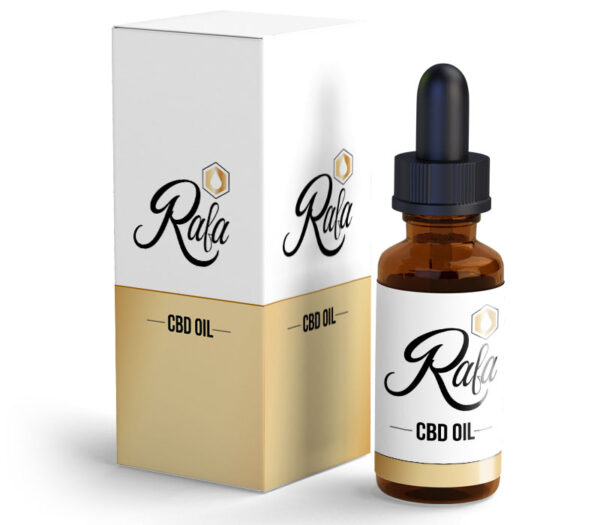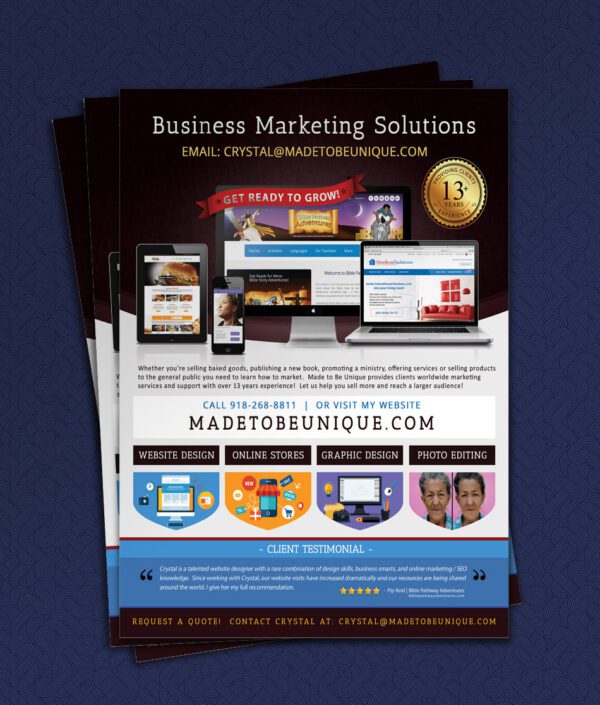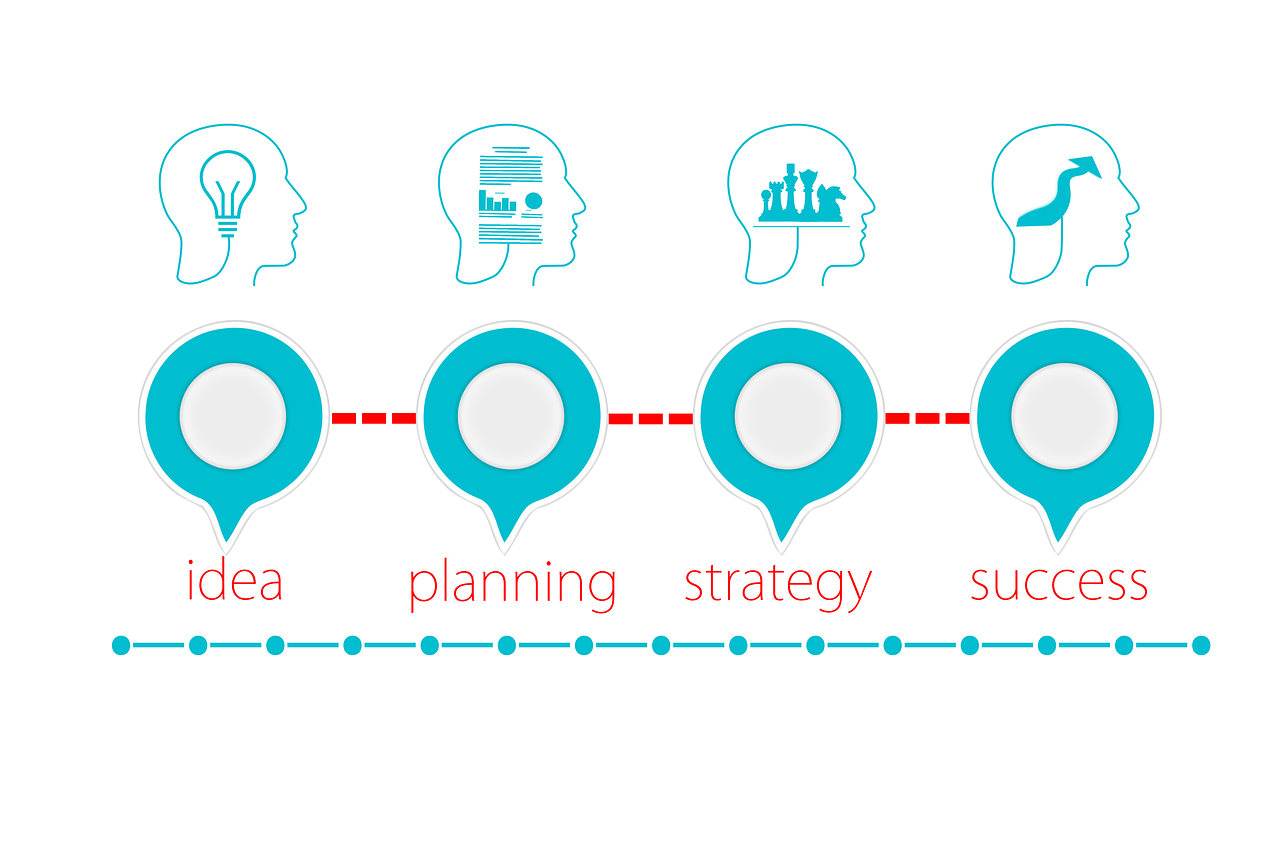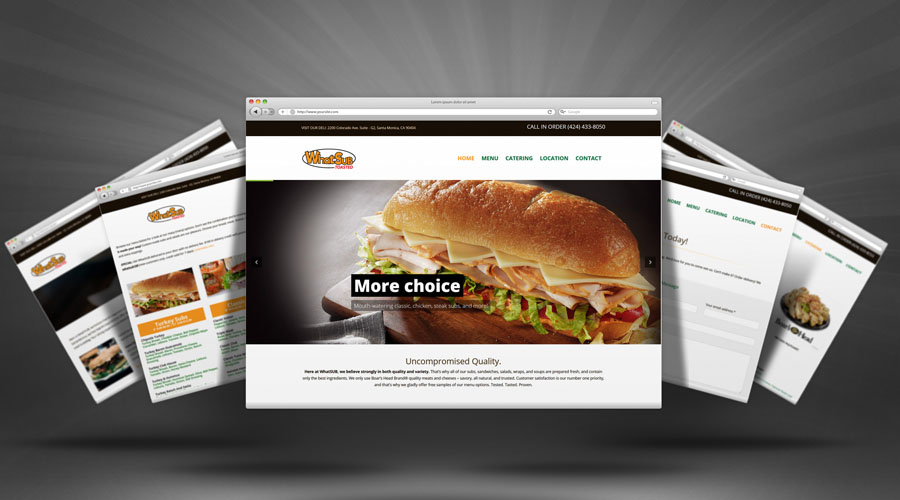
Do you ever wonder what are all of the different things you can do to better market your business? Marketing can be categorized into a variety of strategies and channels, each serving different goals and target audiences. Here’s a comprehensive breakdown of the main marketing categories:
1. Digital Marketing
Focuses on online platforms to reach and engage audiences.
- Search Engine Optimization (SEO): Improving website visibility in search engine results.
- Pay-Per-Click (PPC): Paid ads on platforms like Google Ads or Bing Ads.
- Content Marketing: Creating valuable content (blogs, videos, infographics) to attract and retain customers.
- Social Media Marketing: Leveraging platforms like Facebook, Instagram, LinkedIn, and Twitter.
- Email Marketing: Using targeted email campaigns to engage and nurture leads.
- Affiliate Marketing: Partnering with affiliates who promote your product for a commission.
- Influencer Marketing: Collaborating with influencers to promote your brand.
- Video Marketing: Creating video content for platforms like YouTube, TikTok, or Vimeo.
2. Traditional Marketing
Includes offline methods of reaching customers.
- Television Advertising: Commercials aired on TV.
- Radio Advertising: Promotions through radio broadcasts.
- Print Advertising: Ads in newspapers, magazines, and brochures.
- Direct Mail: Sending physical mail like postcards, catalogs, or letters.
- Billboards and Outdoor Advertising: Large-scale advertising in public spaces.
3. Content Marketing
Creating and sharing valuable content to attract an audience.
- Blogging: Writing articles to inform or entertain while driving traffic.
- Podcasting: Audio content distributed via streaming platforms.
- Ebooks and Whitepapers: In-depth content to establish authority.
- Webinars: Live or recorded sessions to educate and engage audiences.
4. Inbound Marketing
Attracting customers by creating valuable experiences tailored to their needs.
- Focuses on pulling people in through content, SEO, and nurturing leads.
5. Outbound Marketing
Traditional methods of pushing messages to consumers.
- Includes cold calls, email blasts, and direct advertising.
6. Event Marketing
Engaging customers through events and experiences.
- Trade Shows: Exhibiting products or services at industry events.
- Conferences: Hosting or participating in professional gatherings.
- Experiential Marketing: Immersive experiences like pop-up shops.
7. Relationship Marketing
Building long-term relationships with customers.
- Includes loyalty programs, personalized experiences, and customer service.
8. Brand Marketing
Creating awareness and a strong brand identity.
- Focuses on storytelling, logo design, and consistent messaging.
9. Product Marketing
Promoting a specific product or service.
- Encompasses product launches, pricing strategies, and positioning.
10. Direct Marketing
Connecting directly with consumers to prompt a response.
- Includes email, SMS, and telemarketing.
11. Guerrilla Marketing
Unconventional, low-cost marketing tactics designed to create buzz.
- Examples include street art, flash mobs, and viral campaigns.
12. Word-of-Mouth Marketing
Encouraging customers to promote your business organically.
- Includes referral programs and customer advocacy.
13. Social Responsibility Marketing
Highlighting ethical practices and social initiatives to connect with values-driven consumers.
14. Account-Based Marketing (ABM)
Targeting high-value accounts with personalized campaigns, common in B2B marketing.
15. Performance Marketing
Results-driven campaigns where advertisers pay based on specific outcomes, like clicks or sales.
16. Niche Marketing
Focusing on a specific, smaller segment of the market with tailored messaging.
17. Multicultural Marketing
Crafting campaigns to resonate with diverse cultural groups.
18. Mobile Marketing
Engaging users via mobile devices with tactics like app advertising and SMS marketing.
19. Public Relations (PR)
Managing brand reputation and communication through media and public engagements.
20. Cause Marketing
Partnering with nonprofits or supporting causes to align your brand with a mission.
Each category serves a unique purpose, and the best results often come from a combination of these strategies tailored to your business goals and audience.
Our Services

































